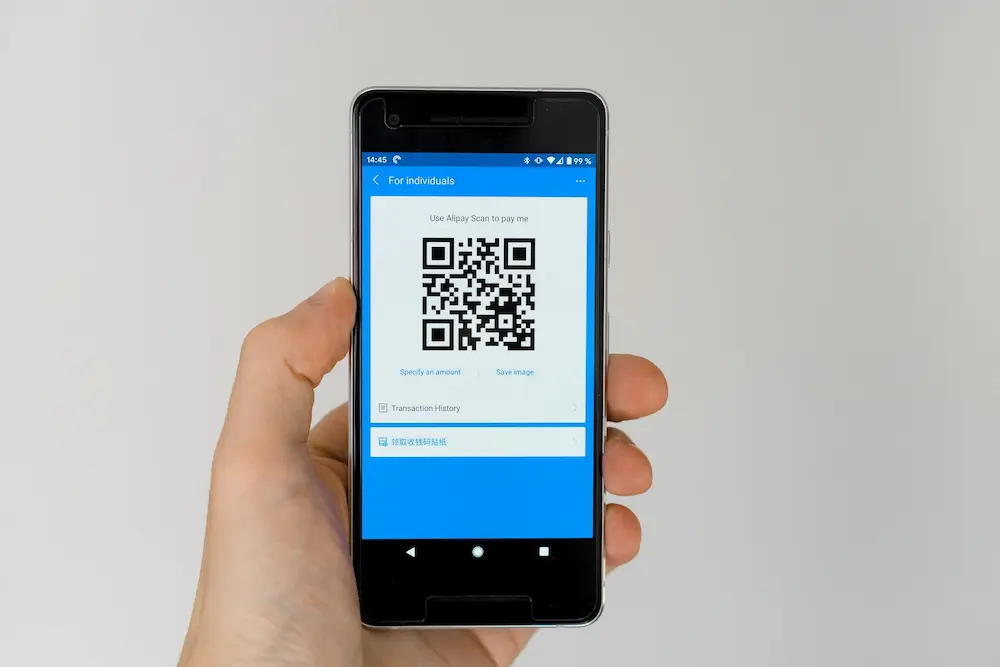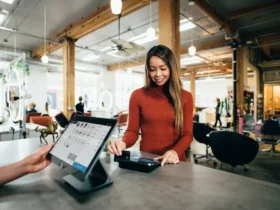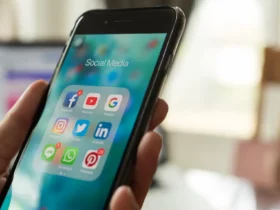When QR codes first burst onto the scene, they were touted as a revolutionary new way to share information. However, their popularity fizzled out just as quickly as it had risen, with many businesses and experts writing QR codes off as a flash-in-the-pan trend that wasn’t worth investing in.
But then, a certain infamous pandemic came along and propelled these little black and white squares right back into the spotlight. Today, QR codes are available everywhere, from product labels and restaurant tables to billboards and social posts.
QR tech’s versatility and convenience make them ideal for a wide range of applications – including marketing. In fact, one of the most talked-about Super Bowl commercials from 2022 featured nothing but a colorful QR code floating across the screen for a full 30 seconds.
And this campaign was so successful that it crashed the company’s app with the amount of traffic it generated. This goes to show just how powerful QR codes can be for businesses aiming to reach a wider audience.
So, if you’re looking for a way to add a little extra pizazz to your marketing efforts, here are some ways QR codes can help.
But before we go any further, let’s quickly go over the many benefits QR codes have to offer.
Benefits of QR codes for marketing
Most people are familiar with QR codes and how they can be used to share information. However, there are many other benefits to using QR codes that many businesses don’t realize.
Below are just a few of those underrated reasons for incorporating QR codes into your marketing strategy:
They digitally enhance traditional ads
One of the great things about QR codes is that they can bridge the gap between the digital and physical worlds. This is especially useful for businesses that rely heavily on print marketing materials, such as magazines or newspapers. Adding a QR code to these ads can give them a digital aspect and make them more interactive. As a result, customers are more likely to remember your brand and the products or services you offer.
Case in point:
In the past, customers who saw a pair of shoes they liked in a magazine would have to go to the store and hope that the style and size they wanted were still available.
But with QR codes, customers can scan the code and be taken directly to the product page on the retailer’s website.
From there, they can check availability and purchase the shoes with just a few clicks. This makes the buying process more convenient and increases the odds of customers completing the purchase.
They’re resource-efficient
Startups and small businesses often only have limited resources for their product or service development ventures, let alone extra funds to spend on marketing.
This is where QR codes come in handy. QR codes can help you overcome resource limitations while still getting your product or service in front of potential consumers by providing a convenient and inexpensive way to access information and connect with potential customers.
Case in point:
Rather than printing flyers or leaflets to showcase product info, businesses with limited print resources can use QR codes to direct customers to an online product catalog.
This can save money and time while simultaneously providing customers with the necessary information.
They’re trackable
There is no substitute for hard data when it comes to marketing and campaign success. And QR codes are a great way to collect this data.
By tracking how many people scan your QR code and what they do after they get to your landing page, you can see which elements are working and which aren’t.
This info can then help you fine-tune your marketing strategy for greater success.
Case in point:
Suppose you’re running a print ad campaign and you include QR codes in each ad. You can use a QR tracker tool to gauge how many people scan their code, where they’re scanning from, and what type of device they’re using. Once the data has been collected, it can be used to analyze your customer’s journey, so you can better market to them.
They’re interactive
QR codes offer a level of interactivity that other marketing tools simply can’t match. By using a QR code, businesses can make their marketing materials more interesting and engaging. As a result, they are especially effective for products or services that can be difficult to explain with static content like text or images.
Case in point:
A clothing company could use a QR code to let customers see how a piece of clothing looks on a model. Customers can scan the code and be taken to a landing page where they can view a video or image of the model wearing the item. This is a great way to give customers a better idea of what the product looks like and how it fits, which can increase the likelihood of a purchase.
4 Ways to use QR codes in your marketing mix

Now that you know how beneficial QR codes can be, let’s explore some of the ways you can incorporate them into your marketing strategy:
#1 Promote social media pages
If you want to increase your social media following or connect with customers through new channels, sharing your pages via QR codes is a great way to do so. You can link the QR code to your desired platform – be it Instagram, Facebook, or Twitter – or direct users to a landing page where they can select which platform they want to follow you on.
#2 Get customer feedback
Asking customers for their opinions is crucial to the success of any brand’s marketing plan. In the past, customer surveys were often paper-based, which could be inconvenient and time-consuming.
However, with QR codes, you can now create digital surveys that are easy to complete and don’t require any paper. This makes it faster and easier to get valuable insights from your customers.
#3 Locate your business on a map
You can create a QR code that, when scanned, opens your business’ location on a map. This is perfect for businesses that rely on foot traffic, such as restaurants, cafes, and retail stores. In this way, you can make it easy for potential customers to find your business and get directions, even if they’re unfamiliar with the area.
#4 Drive app downloads
Are you looking for an easy way to increase your app downloads? Try using QR codes. By placing a QR code on your website, social media profiles, or even business cards, you can provide a quick and easy way for people to access your app.
When someone scans the code, they’ll be directed to the app store page where they can install your app. This is a much more efficient method than counting on people to find your app themselves.
Getting started with QR codes
After learning about all the benefits QR codes have to offer, you’re probably eager to start using them in your marketing strategy. Luckily, creating a QR code for your marketing campaign is easy and only requires a few simple steps:
- Choose your QR code format. There are two main types of QR codes: Static and Dynamic. Static QR codes are those that cannot be changed once they are generated. Because of this, static QR codes are less expensive and take less time to create. Dynamic QR codes, on the other hand, can be edited and customized after they have been generated. This makes them more versatile, but also more expensive.
- Select a QR code generator. There are many free QR code generators available online. Some are free, while others require a subscription or one-time payment.
- Enter your QR code content. This is the data that you want your QR code to encode. This could be a URL, contact information, or a message.
- Customize your QR code. This step is optional, but you may want to add a logo or change the color of your QR code.
- Test your QR code. Before you print or share your QR code, make sure to test it to ensure that it is working properly.
And that’s it! You’re now ready to use QR codes in your marketing campaigns.
QR codes in marketing
As technology advances, so do the ways that businesses can market themselves. QR codes are one of the latest tools available to companies, and offer a range of benefits.
With QR codes, you can make your marketing more interactive, efficient, and effective. So why not give them a try in your next campaign? You might be surprised at the results!












